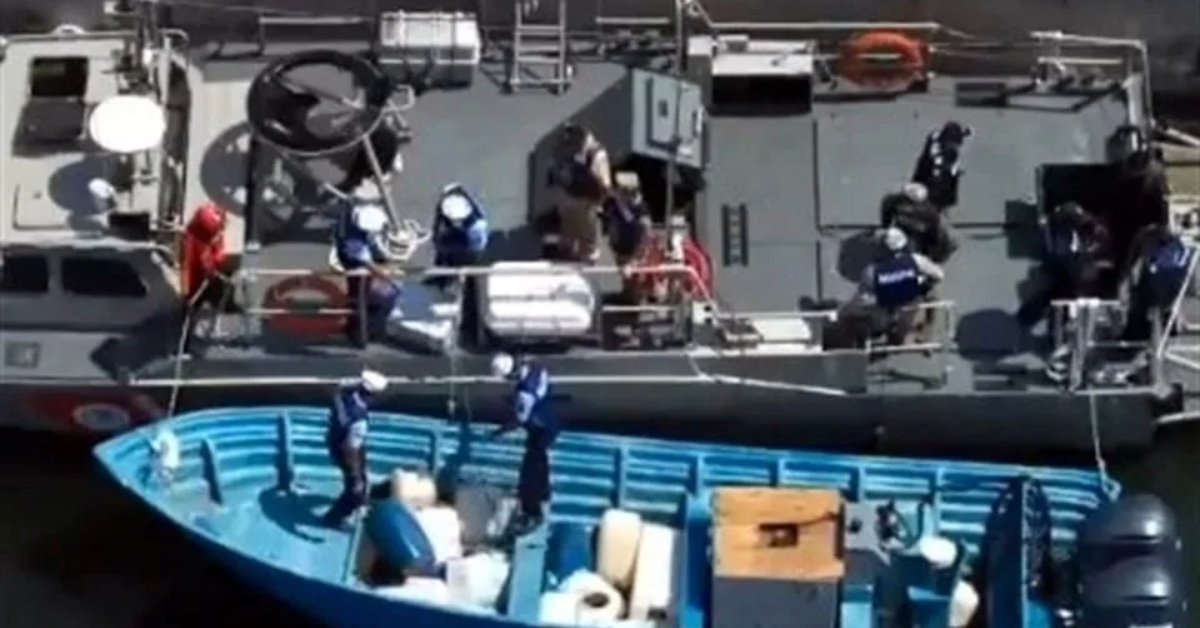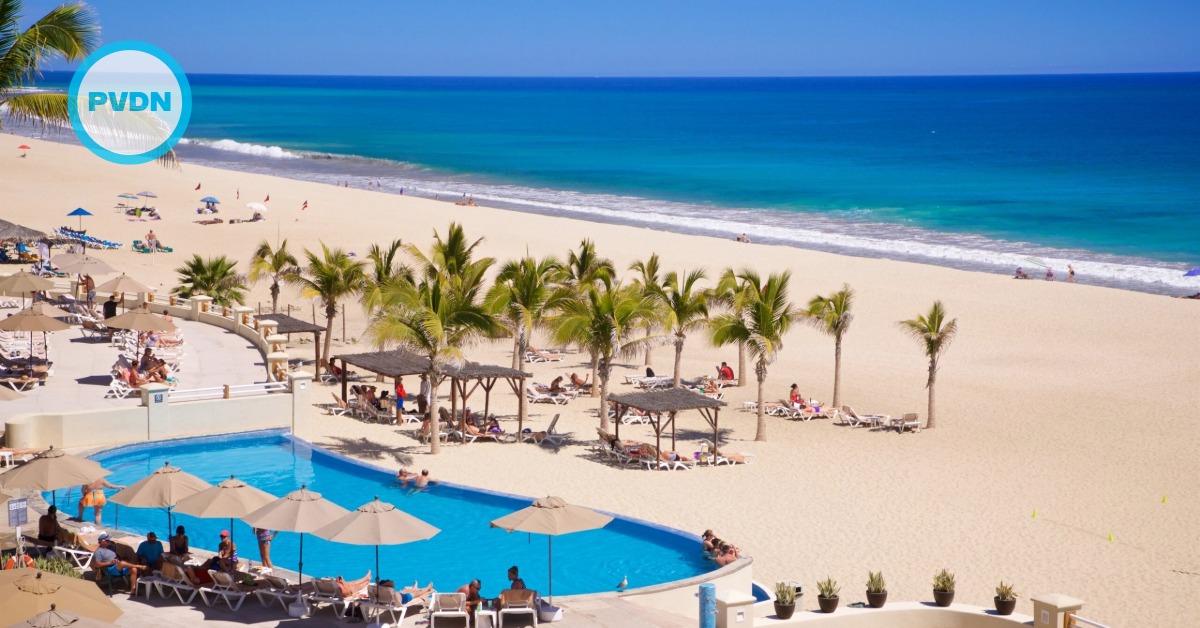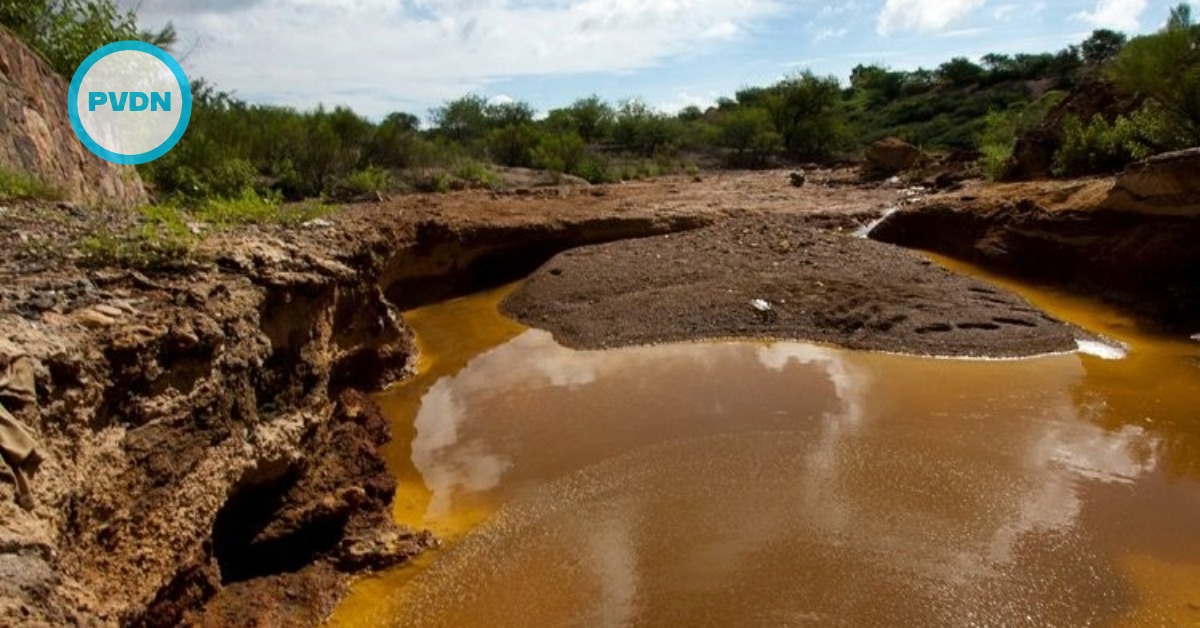Oaxaca cocaine seizure led to the capture of 559 kilos of cocaine, four suspects and a boat in a navy‑led operation off the Gulf of Tehuantepec.
Mexican authorities seized more than half a ton of suspected cocaine off the coast of the southern state of Oaxaca, arresting four people and confiscating a vessel, Secretary of Security and Citizen Protection Omar García Harfuch reported on Wednesday.
A joint operation led by the Secretariat of the Navy (Semar) and supported by the Secretariat of National Defense (Sedena), the Attorney General’s Office (FGR . . .






